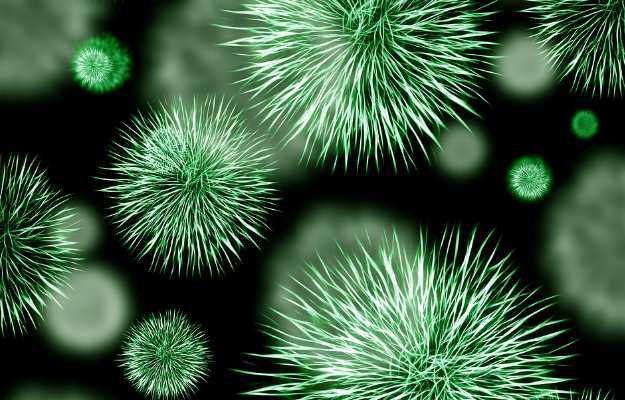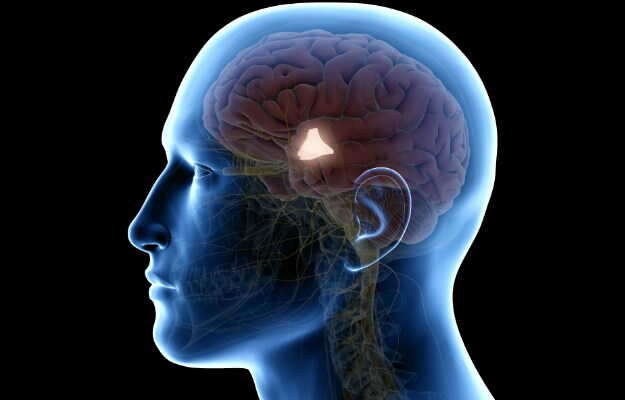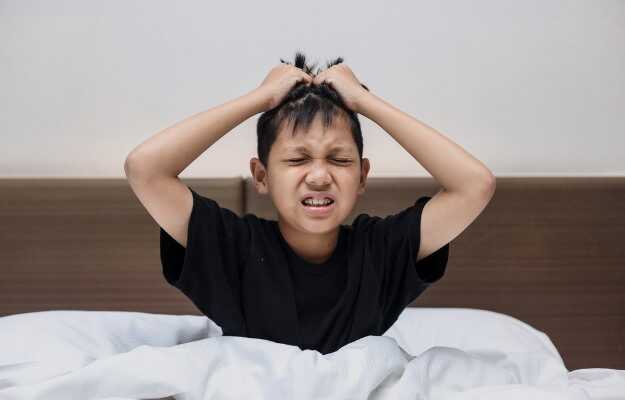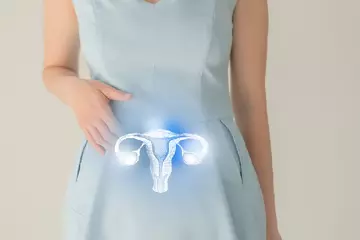Paragonimiasis is a flatworm infection in the lungs. This infection can last for years. These parasitic worms—also called flukes or lung flukes—may infect the human lungs when a person consumes undercooked crayfish or crab infested with it. The illness resembles stomach flu and pneumonia. In rare cases, the parasite may travel to the central nervous system, making the condition even more serious. Continue reading to find out more about paragonimiasis, its symptoms, causes and treatment.
99% Savings - Buy Just @1 Rs
X

- हिं - हिंदी
- En - English
- Treatment
-
- Skin Issues
- Acne
- Fungal Infection
-
- Hair Problems
- Hair Growth
- Hair Dandruff
- Self-Analysis
-
- Chronic Diseases
- Diabetes
- Heart Care
- Weight Loss
- Sleep Support
- Liver Care
- Stress & Anxiety
- Our Brands
- Doctor Consultation
- Medicine A-Z
-
Health A-Z
-
- Treatments
- Home Remedies
- Herbs
- Surgery
- Lab Test
- Therapy
- First Aid
- Ayurveda
- Homeopathy
-
- Yoga And Fitness
- Fitness
- Yoga
- Weight Loss
- Weight Gain
-
- Other Topics
- Baby Names
- Beauty
- Healthy Foods
- Tips
- Health News
- Pet Health
- Men Health
- Medical Cannabis
- Login / Sign Up
 Doctors for Paragonimiasis
Doctors for Paragonimiasis 




































